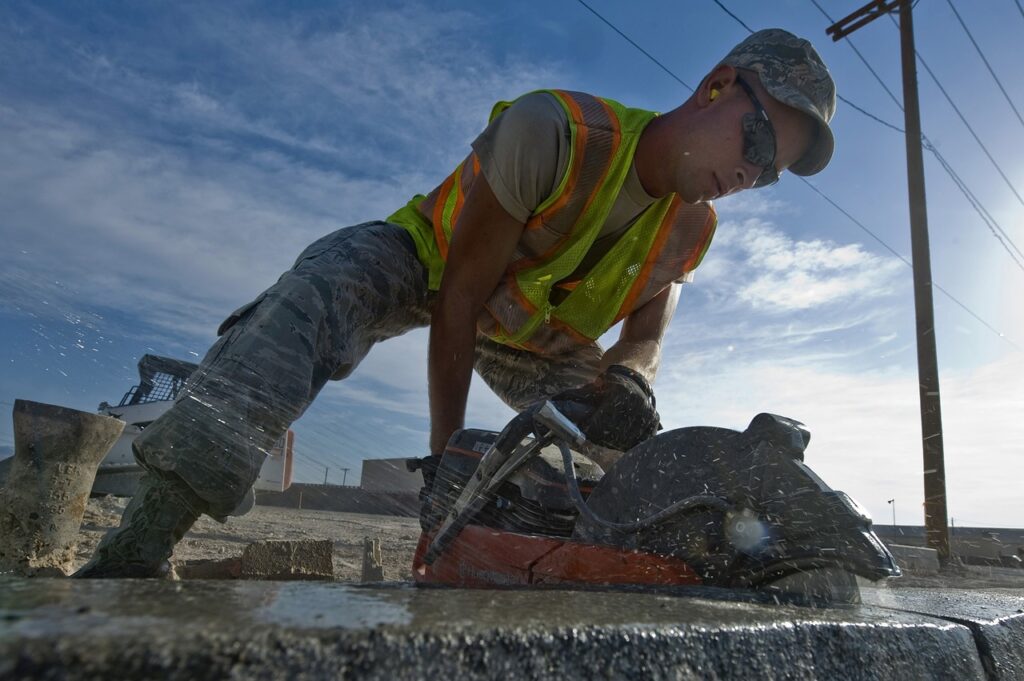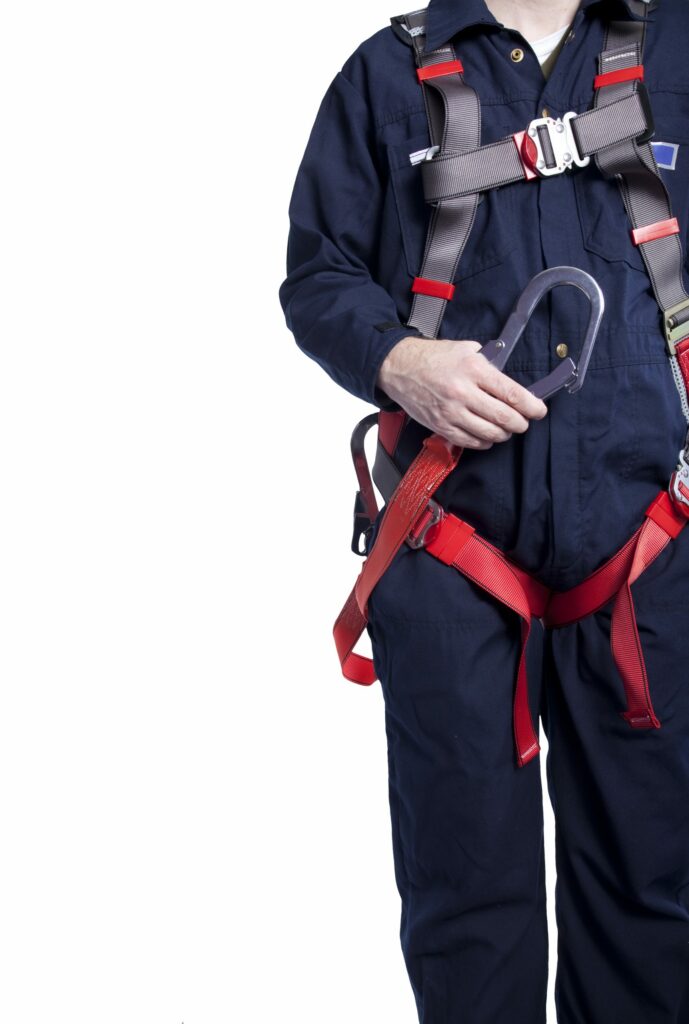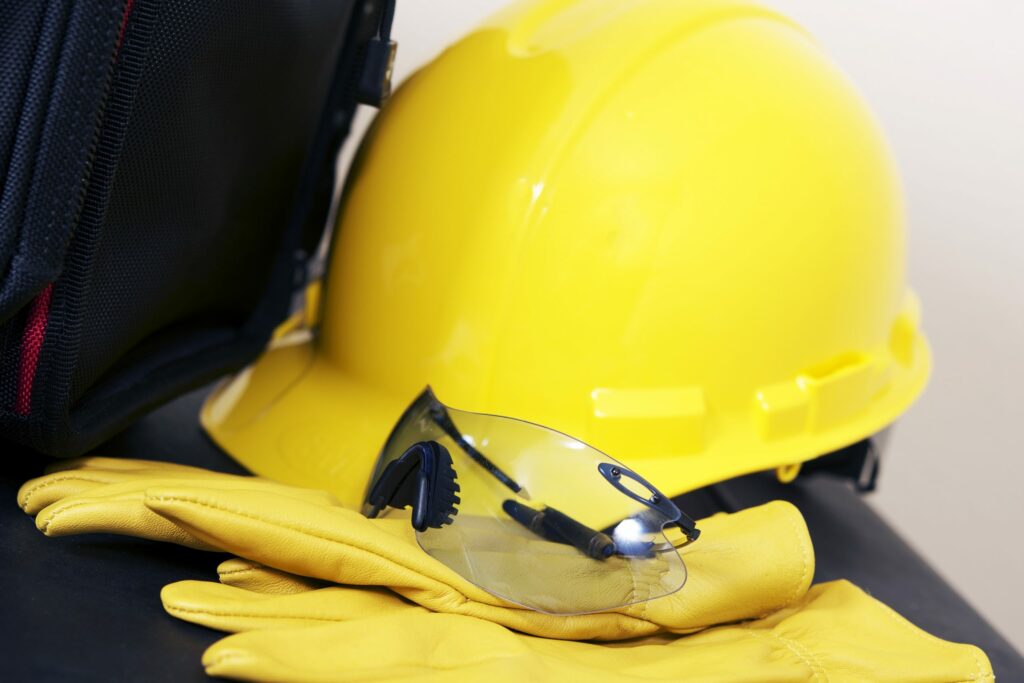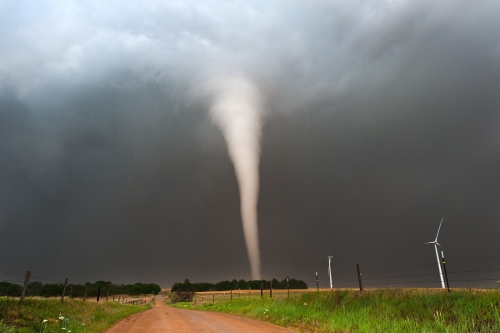Establishing Scaffold Safety Guidelines & Training

The Importance Of Scaffold Safety Training It is estimated that in today’s construction industry, an incredible 2.3 million construction workers perform some type of work on scaffolds, which is roughly 65% of the construction workforce. With so many workers exposed to hazards from scaffolds, scaffold safety needs to be a priority. There are numerous types […]
OSHA Workplace Injury Rules Make Workplace Safety Data Public

OSHA’s New Final Rule Makes Recordkeeping Logs For Workplace Injuries And Illness Available To Public With the exception of employers with less than 10 employees and those exempt due to their low hazard nature (retail, finance, service, real estate, insurance, etc), most employers are covered by OHSA’s recordkeeping rule for recording and reporting workplace injuries […]
New OSHA Safety Procedures For Silica Require Employer Compliance

New Rules Regarding Silica Dust Require Changes In OSHA Safety Procedures To Maintain Compliance Nearly two-and-a-half years after publishing a rule proposal to reduce the permissible exposure limit for silica, the Occupational Safety and Health Administration (OSHA) released the final rule on March 24, 2016. The previous rule, released in 1971, only required employers to […]
OSHA Injury Prevention Standards For Fall Protection

Does Your Fall Protection Plan Comply With OSHA Injury Prevention Standards? Regardless of the industry, fall protection is crucial in preventing employees from being exposed to fall hazards that could lead to serious injury or even death. The three different types of fall protection normally recognized by OSHA injury prevention standards include guard rails, safety […]
Using Workplace Safety Equipment – Harnesses & Lanyards

Harnesses & Lanyards – Proper Selection, Training, And Use Ensures Your Fall Protection System Functions Correctly As with any type of personal protective equipment (PPE), harnesses and lanyards should be considered as a last resort for protecting employees. With fall protection, it must first be determined if the fall hazard can be eliminated by removing […]
Understanding The OSHA Final Rule On Eye/Face Protection

What You Need To Know About The Final Rule On OSHA Eye/Face Protection For employers in construction and general industry, it’s important to note that your safety programs needed to reflect OSHA eye/face protection standards as of April 25, 2016. The Occupational Safety and Health Administration’s final rule reflects updated national consensus standards to ensure […]
Hazardous Material Safety Training Helps Employees Understand GHS

Hazardous Material Safety Training Updates Employees On New Hazard Communication Standard Chemicals, gases and other hazardous materials can create one of the most dangerous situations for employees if the materials are not handled, stored or used correctly. The Hazard Communication Standard in 1983 gave the employees the ‘right to know’ what they were working with, […]
Add Chemical Resistant Gloves To Your Glove Safety Plan

Chemical Resistant Gloves Improve Your Department’s Glove Safety Plan When employees are required to handle chemicals, it is important that they are equipped with the correct personal protective equipment for the chemical they are handling. As part of your glove safety plan, chemical resistant gloves must be used to protect employees’ hands. Before selecting the […]
Preventing Heat-Related Illness On The Job

How To Protect Your Employees From Occupational Heat Exposure When most people think of occupational heat exposure, outdoor jobs in the summer often come to mind: jobs in construction, farming and landscaping. But heat hazards at work are far more widespread, and can actually be more serious indoors where employees are exposed to heat as […]
How To Create A Tornado Preparedness Plan For Your Business

Does Your Company Need A Tornado Preparedness Plan? Although tornados can pop up unexpectedly, what shouldn’t be unexpected is how your company reacts when one hits. Having a severe weather safety and tornado preparedness plan in place is important so that employees can be ready for a tornado, know how to stay safe during a […]
New York Crane Collapse Spurs Discussions Over Crane Safety

The recent collapse of a 565-foot crane on the streets of lower Manhattan has brought the issue of crane safety standards to national light. As wind and snow conditions worsened, the crane’s crew recognized the need to lower the crane’s boom for safety. The precise causes of the incident are still under investigation, but the […]
Implementing A Safety Incentive Program

Safety Incentive Programs Safety incentive and disincentive programs are tricky to implement in ways that are truly effective. Often, there are short term gains that are not sustainable and then damage “culture” within an organization. However, if done well, they can really yield a sustainable result. Here are some thoughts to consider: Financial incentive programs […]

